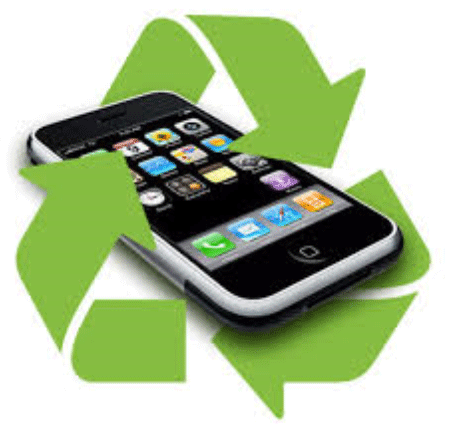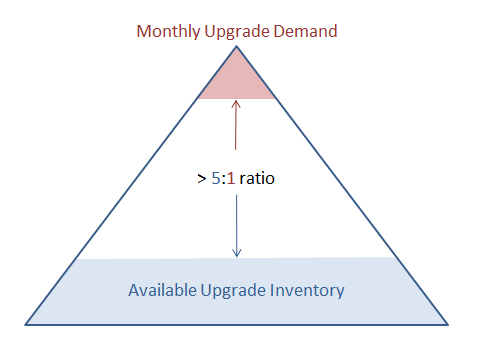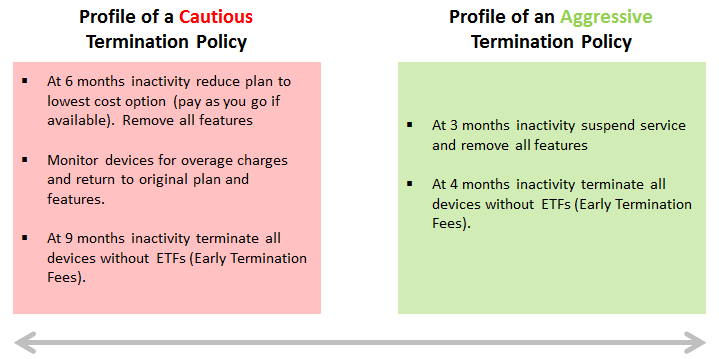Squeezing Value Out of Old Assets
How Much Money Is Sitting In Desk Drawers?
Too often value is left sitting in an office drawer when it could be either reused to avoid a full cost replacement for a similar damaged or lost device or redeemed for some value with a mobile device recycling company. Figuring out what to do or how to accomplish reuse often doesn’t make the priority list of the typically overburdened telecom administration staff. It is also difficult to engage in any collection process of unneeded assets without a system that accurately identifies asset ownership.
Deploying a used device to fulfill a need which might otherwise cost a company full replacement price can save from $200 to $400 dollars by delaying the purchase until that line is upgrade eligible. A similar savings may be achieved each time one of these devices is used to fulfill a new activation request where a new device is not required. In addition, while older flip phones may not command much value on the reseller marketplace, used smartphones, iPhones, and tablets can be sold to recyclers for $75 – 250.
Most companies do not have tight controls and processes to capture asset reuse savings. Below are some necessary steps to squeeze additional cost savings from your wireless budgets.
Accurate asset tracking – Does your company know who is in possession of wireless devices? Do you have accurate records of the Make/Model of each of those devices? This key information is where effective asset reuse starts. This should be a capability of any  Mobility Managed Solution (MMS) but some do a better job than others of providing both timely and accurate information regarding device ownership and asset attributes. Your system will need to have an effective integration process with Human Resource (HR) information such that there is confidence in the ownership information of each billing device. Asset information is not part of the monthly invoice and supplemental files are needed to update the Make/Model, ESN or IMEI information. Your system should also provide information on zero use devices as these devices will represent candidates for reuse at some point in their lifecycle.
Mobility Managed Solution (MMS) but some do a better job than others of providing both timely and accurate information regarding device ownership and asset attributes. Your system will need to have an effective integration process with Human Resource (HR) information such that there is confidence in the ownership information of each billing device. Asset information is not part of the monthly invoice and supplemental files are needed to update the Make/Model, ESN or IMEI information. Your system should also provide information on zero use devices as these devices will represent candidates for reuse at some point in their lifecycle.
Replacement identification – You will either need a central review point for order fulfillment or an automated online ordering capability that will permit the identification of replacement order requests. A replacement request would be characterized by a priority request to replace a broken or lost device which otherwise is not yet eligible for an upgrade. This request would then be fulfilled from an internal supply of like devices to resolve the issue by putting the device back in service until an eligibility upgrade date is reached and a new device can be secured for the user at the lower upgrade cost.
Inventory accumulation – In order to assemble inventory for reuse, there needs to be an established process to collect zero use assets or unneeded assets resulting from upgrades. This will not happen effectively without well communicated company policies. If the collection and reuse process is managed from within your company then a well published collection address may be sufficient. If an outside MMS vendor is handling the collection and redistribution, then your ordering system will need to accommodate the ability to request return labels which will be used to ship the equipment to a central location for handling. There will need to be a clear obsolete device list for each Make/Model to facilitate reuse or recycling.
Inventory preparation – Prior to redistribution or to sending devices to a recycling operation, you’ll want to wipe the device to ensure sensitive company information is removed. It may be necessary to upgrade and install specific applications for devices intended for reuse. Also, you will need some form of triage to determine which devices are in acceptable condition and aren’t considered obsolete.
So how does all of this affect the bottom line? If we assume a conservative 4% of devices are lost, damaged or stolen on an annual basis with a replacement cost savings of $250, then a company with 2,000 devices would save roughly $20,000 a year. On top of that if we assume 10% of devices collected from employees receiving new upgrades or leaving the company could be redeemed by a recycler at an average of $75/device, it translates into an additional $15,000/year. With the proper planning and processes the ROI on asset reuse can be very high.

